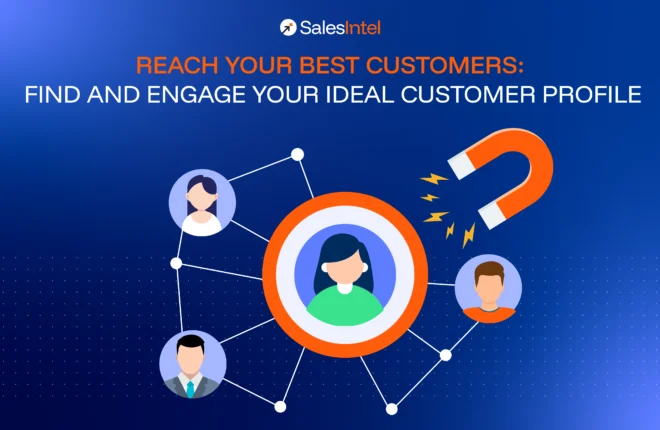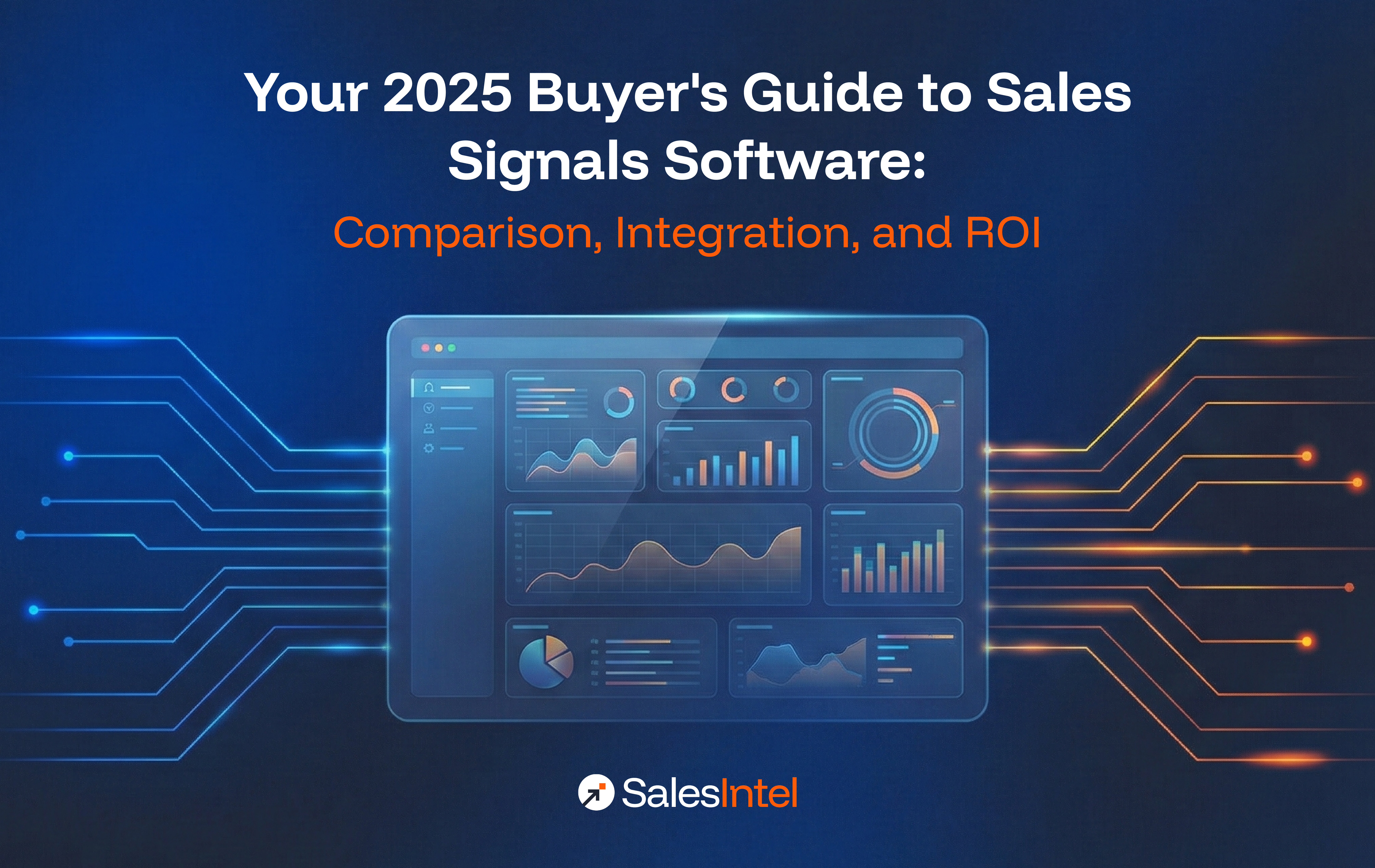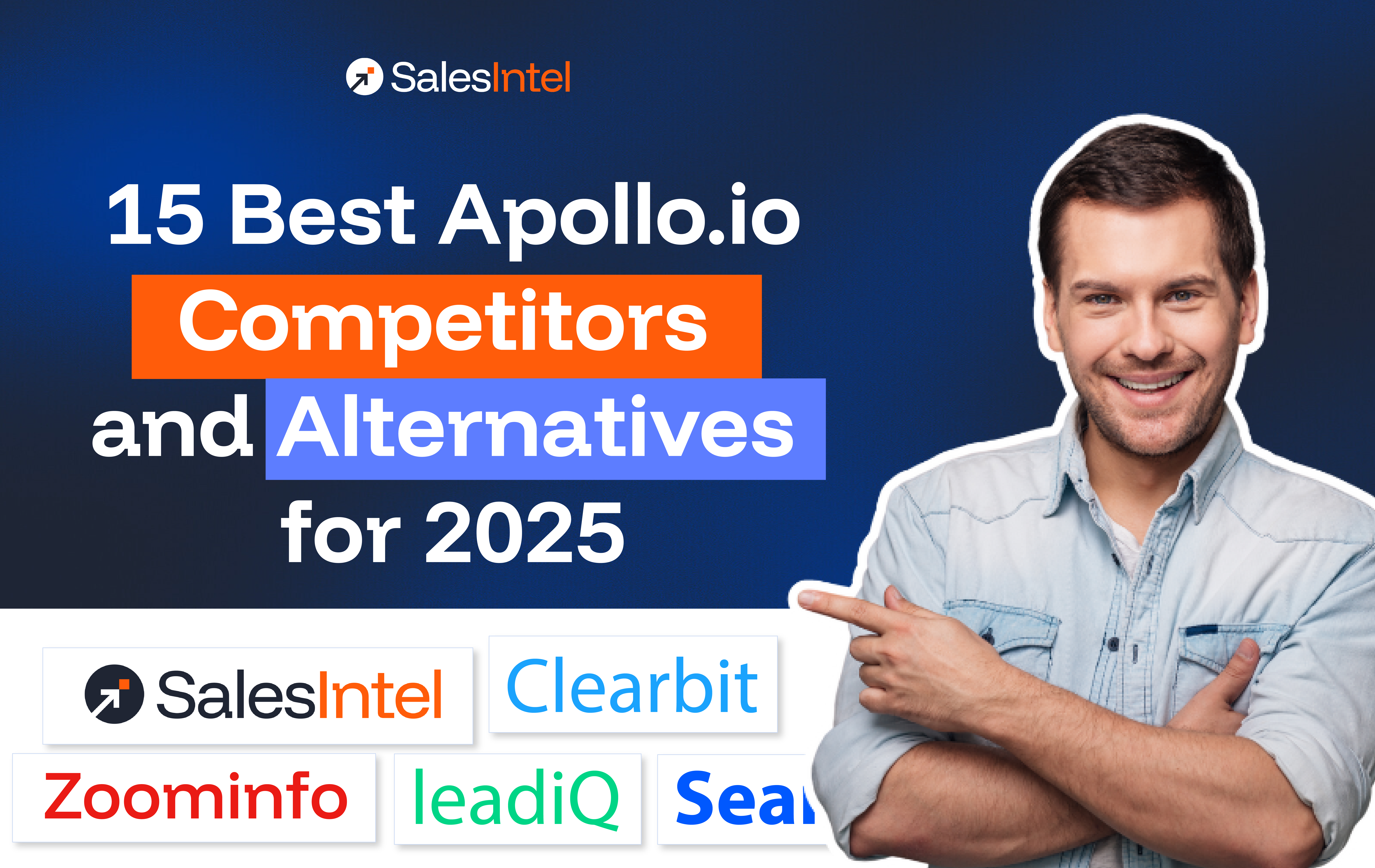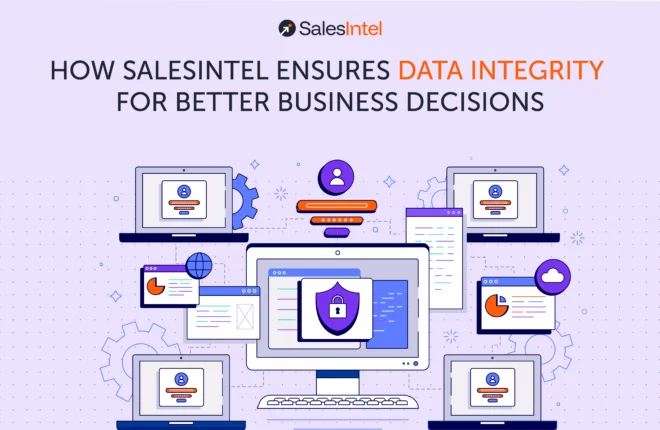Finding the right customers is not just about casting a wide net and hoping for the best. It’s about precision. It’s about knowing exactly who is most likely to buy from you and focusing your efforts on engaging them effectively.
Many businesses struggle to define their Ideal Customer Profile (ICP) because they rely on outdated assumptions or surface-level demographic data. But in a world where data drives success, an accurate and dynamic ICP is the foundation of every high-performing sales and marketing strategy.
Let’s break down how you can find and engage your best customers, and later, how ICPIntel takes this process to the next level.
1. Define Your Ideal Customer Profile (ICP) with Data, Not Assumptions
Not all prospects are created equal. Some are an ideal fit for your product, while others will never convert, no matter how many emails you send or demos you offer. So, how do you separate the best from the rest?
Instead of relying on gut feeling or outdated persona templates, businesses should use data-driven insights to define their ICP. This means looking at:
- Firmographics: Company size, industry, revenue, and location help determine whether a business is a good match.
- Technographics: Understanding the software and technology a company already uses can help tailor your approach.
- Behavioral and Intent Data: Monitoring online activity, such as whitepaper downloads or competitor research, reveals who is actively looking for a solution.
Example: If you’re selling an enterprise-level cybersecurity solution, a 10-person startup may not be your best prospect. But a mid-market company that recently hired a CISO and started searching for “best enterprise security solutions” is a prime target.
2. Identify High-Value Customer Attributes
Once you have a broad sense of your ICP, it’s time to refine it by identifying the specific attributes of your best customers. Who generates the most revenue? Who has the shortest sales cycle? Who renews contracts year after year?
Patterns emerge when you analyze your most successful clients. Maybe they all use the same type of CRM, or they tend to be in a specific stage of business growth. These insights allow you to refine your ICP even further and focus on the customers who truly drive business success.
Example: A B2B SaaS company might find that their highest-paying customers are mid-sized tech firms using Salesforce and HubSpot, rather than small businesses using spreadsheets.
3. Use Intent Data to Find Customers Who Are Already Interested
Knowing your ICP is one thing, but finding companies actively searching for a solution like yours is where the real magic happens. Intent data tracks online behaviors such as searches, content downloads, and competitor website visits to identify prospects who are in-market.
This allows sales teams to focus their efforts on leads that are most likely to convert. Instead of cold outreach, reps can engage prospects at the right time, with the right message.
According to Forrester, 70% of B2B buyers conduct research before ever speaking to sales. (Source)
Example: If a prospect is frequently visiting pages about “best lead intelligence tools” and downloading comparison reports, they are showing strong buying intent far more than someone who simply visited your homepage once.
4. Personalize Your Outreach for Maximum Engagement
Once you’ve identified high-intent leads, generic outreach won’t cut it. If your message sounds like a copy-paste job, your prospects will ignore it. Personalization based on ICP attributes, intent signals, and past engagement is key.
Fact Check:
80% of consumers are more likely to buy from a company that offers personalized experiences. (Source)
Effective personalization goes beyond using a first name. It involves:
- Referencing specific intent signals – “I noticed your team is researching lead intelligence tools…”
- Aligning messaging with pain points – “Companies like yours struggle with outdated prospect data. Here’s how we solve that.”
- Suggesting relevant integrations – “Since you use HubSpot, here’s how our platform seamlessly connects.”
Example: A prospect who has been reading about ABM strategies shouldn’t receive a generic cold email about “improving sales.” Instead, the outreach should highlight how your solution supports ABM efforts.
5. Use Multi-Channel Engagement to Stay Top of Mind
Reaching your ICP requires a multi-channel approach. Email alone isn’t enough, and neither is LinkedIn outreach. The best engagement strategies combine multiple touchpoints to reinforce the message.
Fact: Marketers using three or more channels in a campaign see 287% higher purchase rates than those using a single channel. (Source)
A well-rounded strategy includes:
- Email campaigns: Tailored, value-driven outreach.
- LinkedIn engagement: Connection requests, comments, and messages.
- Webinars and events: Educating potential customers while establishing credibility.
- Targeted ads: Reinforcing messaging across platforms.
Example: A prospect might ignore an email but engage with a LinkedIn post on the same topic. When they later see a webinar invite, they might decide to join. Each touchpoint builds familiarity and trust.
Introducing ICPIntel: The AI-Powered Way to Refine Your ICP
Building an accurate ICP isn’t a one-and-done process. Markets shift, businesses evolve, and customer needs change. Many companies struggle because they rely on outdated data or misaligned assumptions. That’s where ICPIntel comes in.
How ICPIntel Helps Businesses Build a Data-Driven ICP
1. Eliminates Guesswork – Replaces assumptions with real customer data, ensuring that ICPs are built on accurate insights.
2. Identifies High-Value Customer Attributes – Uses AI-driven analytics to pinpoint the common characteristics of top-performing customers.
3. Provides Comprehensive Customer Insights – Integrates firmographic, technographic, and intent data for a deeper understanding of target customers.
4. Enables Targeted Prospecting – Helps sales teams build highly refined prospect lists and prioritize leads with the highest conversion potential.
5. Supports Continuous Optimization – Adapts ICPs based on market shifts and changing customer behaviors to maintain effectiveness over time.
With ICPIntel, businesses can move beyond static ICP models and embrace a dynamic, data-driven approach that maximizes sales efficiency and revenue growth.
Conclusion: The Power of a Well-Defined ICP
A well-defined Ideal Customer Profile isn’t just a nice-to-have—it’s the foundation of every successful marketing and sales strategy. By leveraging firmographics, technographics, and intent data, companies can pinpoint their best customers and engage them in meaningful ways.
And with tools like ICPIntel, businesses can ensure that their ICP evolves with real-world data, keeping them ahead of the competition.
The question is no longer who to target, but how effectively you can engage the right customers. With a data-driven ICP, the answer becomes clear.




